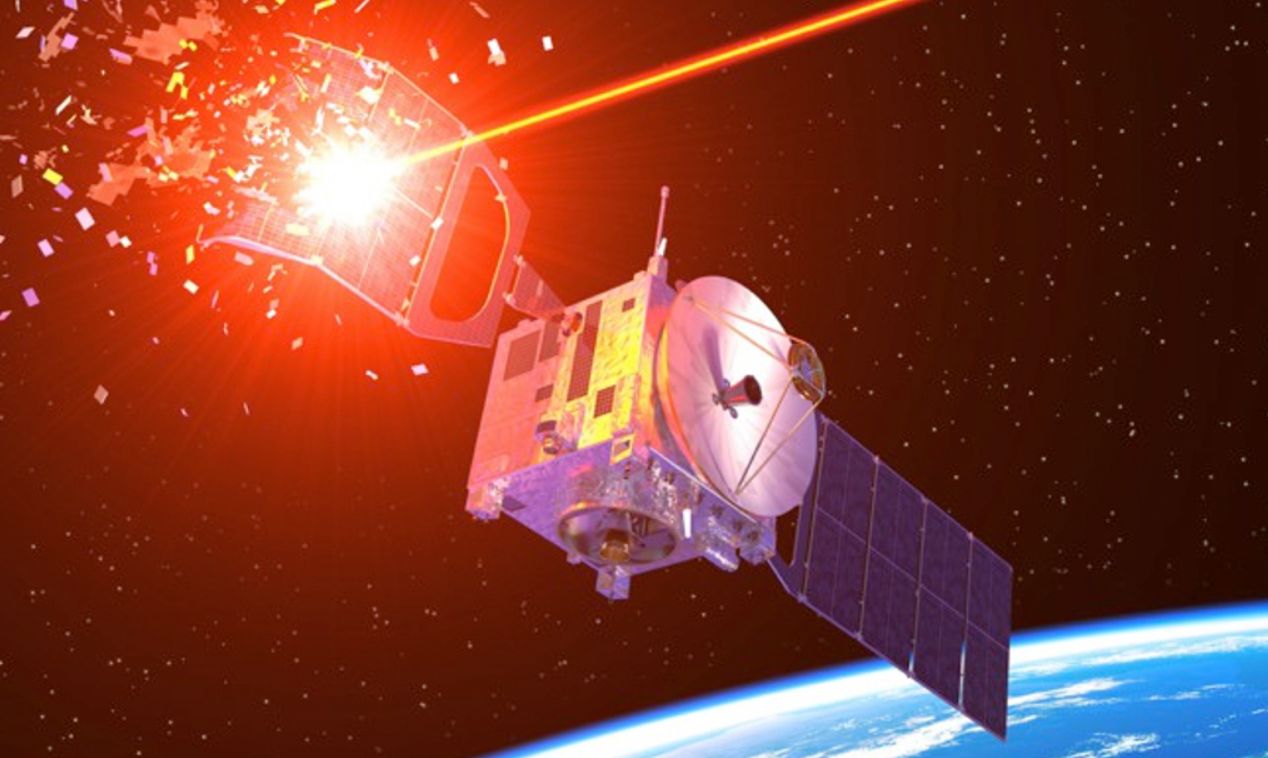
China's Simulation War: Targeting Starlink Satellites in Potential Taiwan Conflict
In a bold move highlighting the growing concerns around the militarization of space, Chinese scientists have successfully simulated an operation targeting Elon Musk's Starlink satellite network, a critical component in modern communication and military operations. This simulation, which emerged in a recent report by the South China Morning Post, signals a shift in how space might play a decisive role in future conflicts, particularly in the context of China's strategic concerns over Taiwan.
The research, led by Wu Yunhua from Nanjing University of Aeronautics and Astronautics, focused on the potential for China to neutralize the Starlink constellation using a relatively small number of satellites. The simulation found that 99 Chinese satellites could potentially approach and disrupt up to 1,400 of Starlink’s satellites within just 12 hours. These satellites would be equipped with advanced tools such as lasers and microwave systems designed for tracking, reconnaissance, and even direct interference with the Starlink network.
Also Read:- Pep Guardiola's Split with Wife: Media's Absurd Claims and Manchester City's Struggles
- Cleveland-Cliffs CEO Fires Back at Japan in Bold Move for U.S. Steel
Space-based communication has proven its importance in recent conflicts, notably during Russia's invasion of Ukraine, where Starlink provided critical connectivity. Ukraine's reliance on Starlink prompted immediate action from Musk, who activated the network for Ukraine, ensuring its communication lines remained intact amid Russian advances. This use of Starlink as a battlefield communication tool has raised alarms in China, which sees the satellite network as a potential threat, particularly if it were to support Taiwan in the event of a Chinese military operation.
China’s concern over Starlink’s role in a potential Taiwan conflict is rooted in the broader geopolitical tensions surrounding Taiwan’s status. The Taiwanese government, facing increasing pressure from Beijing, has expressed interest in bolstering its communication infrastructure by developing its own Low Earth Orbit (LEO) satellite network, a move that could lessen its reliance on vulnerable undersea cables. This further exacerbates China’s worries, as such systems could provide Taiwan with resilient communication in case of military aggression, effectively neutralizing Beijing’s strategic advantage.
In response, China has not only simulated the targeting of Starlink satellites but is also advancing its own satellite constellations, such as the Qianfan project, which aims to rival Starlink. Launched in 2023, Qianfan is expected to include over 15,000 satellites, strengthening China’s space capabilities. However, it is clear that China's approach to space is not limited to competition but extends to countermeasures, including the development of anti-satellite technologies. These include directed-energy weapons like lasers and high-power microwave systems capable of disabling or destroying Starlink satellites with minimal debris—offering a more controlled and effective method of satellite warfare.
Experts have cautioned that the militarization of space, including anti-satellite weapons and countermeasures against satellite constellations like Starlink, could lead to a new era of space warfare. As China continues to refine its space capabilities, it remains focused on ensuring that any satellite network capable of supporting adversaries, like Starlink, is either neutralized or controlled.
As the space race heats up, the implications of these developments are vast. Starlink’s ability to provide resilient communications in conflict zones has not gone unnoticed, and nations like China are increasingly viewing space not just as a frontier for exploration but as a domain for strategic dominance. With China’s latest advancements in satellite disruption technologies, the future of space-based communications in military operations is set to face new challenges.
Read More:

0 Comments